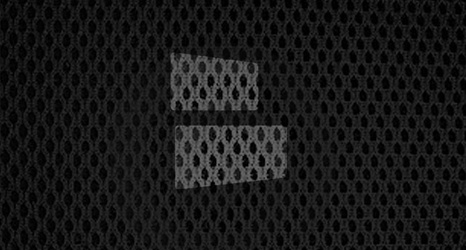A new Congressional Budget Office analysis of a nationwide minimum wage increase has stirred up lots of debate, since it predicts that an increase would have both good and bad effects.
The CBO examines three possible levels for the federal minimum wage — $10, $12, and $15 versus $7.25 an hour now (although some states have higher floors). For each level, it asked how much take-home pay would rise, and how much employment would fall. The most common economic theory — good old supply and demand — says that there’s a tradeoff between these two effects. According to this well-known theory, minimum wage forces pay above the level that a competitive market can bear, throwing some people out of work even as it raises incomes for those who keep their jobs.
